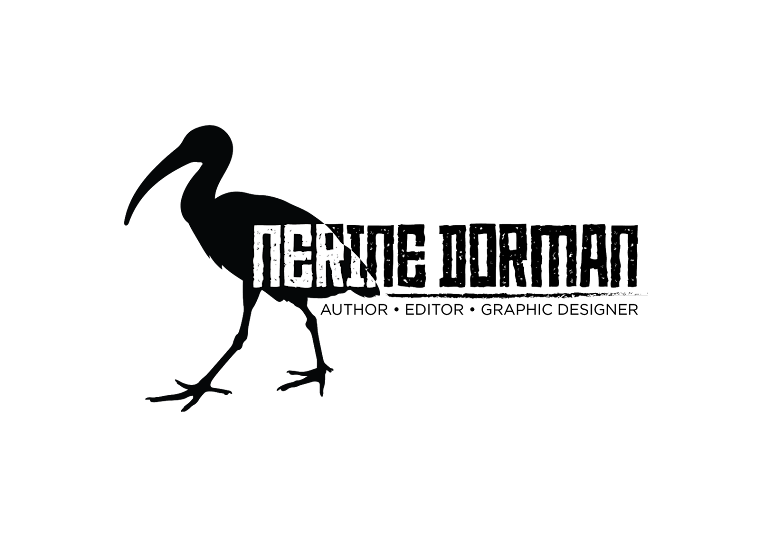Anyone who's local to the False Bay coastline will no doubt have a passing familiarity with our local shark cage diving industry that's a huge tourist attraction. In Orca, Richard Peirce, takes a deep dive into the shark cage diving community of Gansbaai in particular, and gives us a glimpse into the complex, interlocking of community and nature, and the difficulties a community faces when they rely heavily on a natural resource that is increasingly under environmental pressure.
The great white sharks of False Bay are known for their population density and also their habit of breaching, when hunting their prey of Cape fur seals. This understandably has resulted in many exciting photographic opportunities in addition to the chance for visitors to get up close and personal in the cages that are submerged at the spots sharks often frequent.
Sleepy little seaside towns like Gansbaai have, over the years, been transformed into mini tourist meccas, with many local operators launching several shark-viewing trips a day. At least that was until the majestic great white sharks vanished. Even more disquieting were the carcasses of mature sharks washing up on beaches in the region. What could be killing the sharks?
Peirce pieces together the mystery, relating how a pair of roving orcas, named Port and Starboard for how their dorsal fins have flopped over, have developed a somewhat grisly taste for great white sharks – particularly their livers – and how they periodically return to prey on a supposedly apex predator.
Naturally, when the great whites vanish, this has a catastrophic effect on the community, which has consequently adapted to these 'droughts'. Fortunately, there are species of shark that have saved the day, for instance the smaller bronze whaler sharks, and tour operators have looked at diversifying the activities that they offer to make up for the times when the great whites are MIA.
What Peirce highlights is the fragility of our ecosystems, and especially our oceans, which are under so much pressure. Is this new behaviour from the orcas? How have humans had an impact on our environment? While there is no convenient closure to this book, it does serve as a cautionary tale for those of us who live close to the ocean and those who rely on it for a livelihood.





